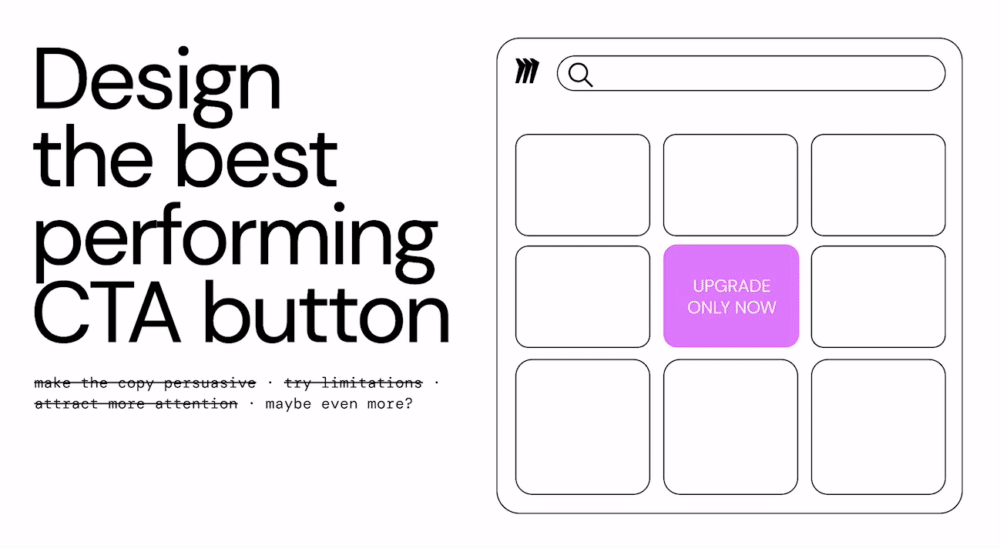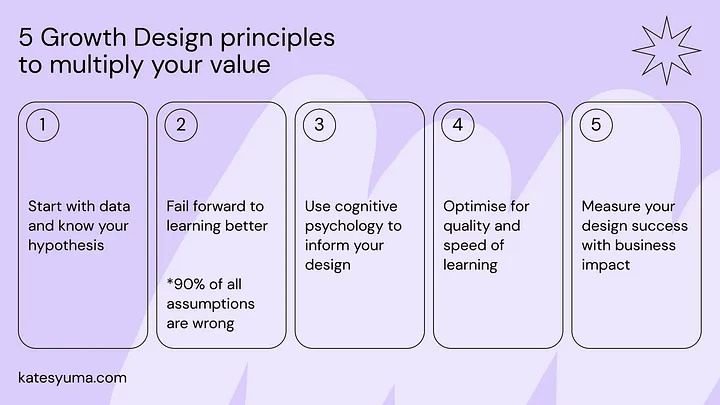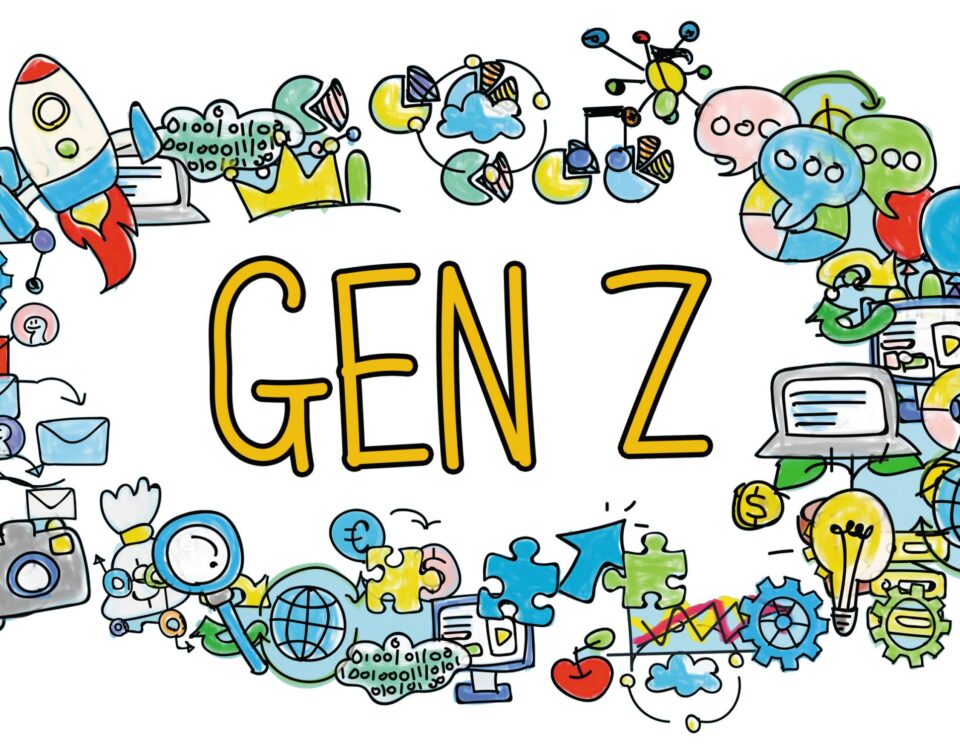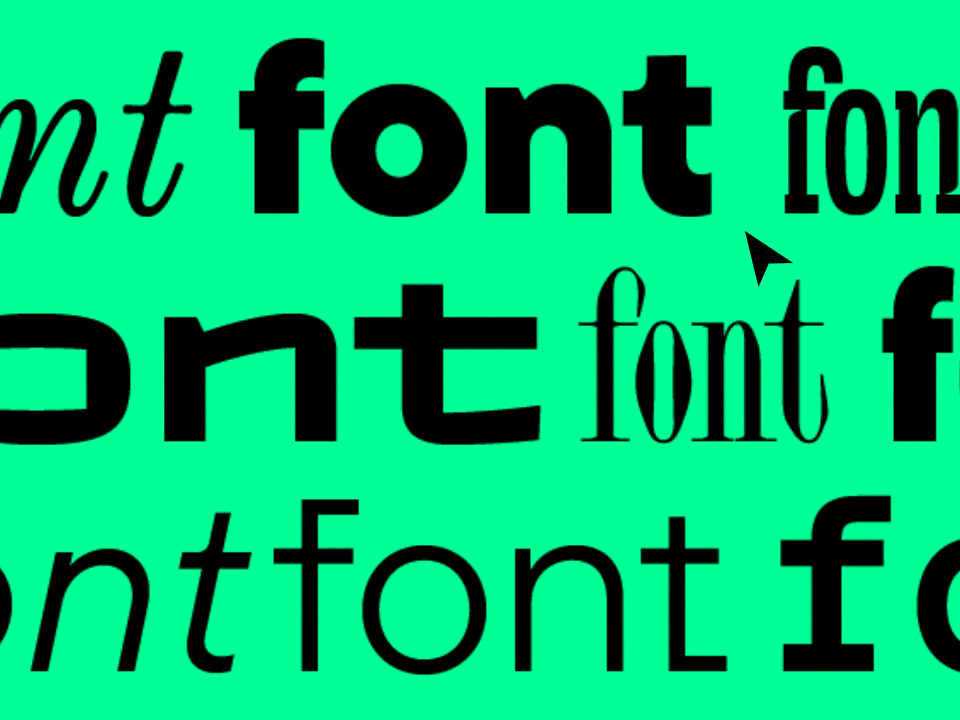
The Future of Artificial Intelligence: A Glimpse into Tomorrow’s World
13th June 2024
Difference between JavaScript and TypeScript
6th July 2024Like many of us, you may have started your career as a traditional “UX designer”. While this discipline remains powerful, it has since evolved into Product design, with designers taking on even bigger responsibilities. In today’s world, designers must make smart and informed decisions that not only make customers happy but also help businesses grow in times of economic uncertainty.
To help you navigate this new landscape, I’ve taken a fresh look at the Growth design discipline. In this article, I’ll expand on its value, explore its evolution, and provide actionable advice in the form of 5 principles with accompanying action items. By applying these tactics, you can multiply your value as a designer and help your business thrive.
Who is a Growth designer today?
Growth design is not as new as it sounds. I remember my conversation with Lex Roman in 2018 when I found her fundamental article where she unpacks who is the growth designer. The basic definition remained the same:
Looking at this definition today, I got inspired by the concept of 10x engineering and tried to apply it to design. A growth designer is at least a 5x designer who combines strong skills such as [1] Product design + [2] Data analysis + [3] UX research + [4] Impact prioritization + [5] Speed of execution and iteration. If this combination can be found in one designer, it can be an invaluable “team of one” for any business.
Since 2015 and the emergence of Product-led Growth, this discipline has become popular in companies like Slack, Dropbox, InVision, Pinterest, Intercom, and many more. These companies started building Growth teams and experimenting with new business models, virality, and engagement with the primary goal of sticking their users to the product, and hence earning bigger revenue through the self-serve model.
I joined Miro in 2017 as the company’s first Product Designer for Growth. In my role, I covered design as an individual contributor for Acquisition, Activation, Engagement, Monetisation, and Community-led growth. Over the years, I’ve had the opportunity to learn many lessons through hundreds of experiments and hire and grow people within the company. Today, I lead a multi-functional team of 10 Growth designers who support the entire self-serve business at Miro.
In this article, I’ll share 5 principles that can help any designer strengthen their skills and marketability. Whether you’re seeking a new job or looking to transform your current one into a more meaningful experience, these tactics will help you find pleasure in your day-to-day activities and make a real impact in your role.
Why is Growth Design needed right now?
This year showed us that Growth design is a highly demanding discipline. Companies want to find a person who can multiply the success of the business, and achieve with limited resources a bigger impact, and you can find hundreds of open positions for that job.
This year showed us that Growth design is a highly demanding discipline. Companies want to find a person who can multiply the success of the business, and achieve with limited resources a bigger impact, and you can find hundreds of open positions for that job.
In the recent report “The state of UX in 2023” you can find the following:
ROI is a very important factor this year. Traditional UX design used to have a more spacious room to envision the best possible future: start with great foundational research, go step by step through double-diamond, ending up with holistic redesign and steady development. I’m afraid we won’t have this luxury in 2023.
The biggest question for businesses this year is how to deliver business value with fewer people, less time, less confidence, and higher uncertainty.
Let’s look at some data that showed us some ROI references even years ago. In this extensive paper by Ronny Kovahi, you can find interesting facts like:
- Netflix considers 90% of what they try to be wrong;
- Airbnb had only an 8% successful rate on search changes according to his experience;
- Google had only about 10% of the controlled experiments leading to business changes.
How often have you analyzed this ratio for your product? How often as a designer did you try to run an experiment with the design before investing a bigger time into execution? This year is the best opportunity to start doing that to maximize your value and your business’s success.
Before we start applying it to action, let’s look through the evolution of Growth design to make sure we’re extracting its best values.
Evolution from “hacking” to value-based Product Growth
Some of us might be familiar with the term “Growth hacking” which was introduced around 2012 in Silicon Valley and originally comes from Growth Marketing. For us as designers, the biases towards this are coming from its association with a data-driven approach, rapid iterations, and over-optimization.

Sometimes it led to “dark patterns” that are not associated with a great product experience. Most popular patterns are coming from checkout journeys in e-commerce or airlines where various “hacks” are used to maximize potential revenue.

However, some companies are learning the lessons from the over-optimization approach and making less overwhelming experiences for users. For example, the Booking accommodation page was full of noisy and interruptive over-communication about discounts, which probably didn’t lead to a dramatic conversion raise. The current experience seems to be less noisy and shows positive iterations.

What I’m trying to say here is that Growth design is not the same as Growth hacking. Over the years, companies shifted from Growth hacking to a Product-led growth model. Wes Bush (the founder of ProductLed) defined it like that here:
Together with companies like Slack and Dropbox, at Miro, we introduced a freemium model in 2018 and it was a tremendous booster to the hyper-growth. After we maximized the value of funnel-based growth (Acquisition, Retention, Monetisation), we started uncovering new growth opportunities. An example of that is a community-led growth approach. We created Miroverse to provide customers with the value of using Miro templates from experts and engaging with the product.

As a UX or Product Designer you can create products with excellent user experience, and your power and responsibility is in making the design decisions the right way that will maximize the company’s KPIs and ROI. Let’s explore how you can start doing it.
5 principles of Growth Design to Multiply Your Value
1. Start with data and know your hypothesis.
At the beginning of any project, we have multiple design assumptions. Before jumping to a solution, keep thinking critically and curiously dig into data. In the kick-off of the project, ask data questions like:
- what primary business metric are we optimizing for? how do we measure success?
- what guardrail metrics do we have in mind? which risks do we need to mitigate?
- what do we already know about user behavior in this journey? where the biggest drops are happening?
Your hypothesis is the best navigator throughout the whole design project. The hypothesis can be informed by existing quantitative or qualitative data and can connect a problem with an assumption. The structure that I found in this article in 2017 seems to be still handy:
We believe that creators don’t publish their content because they fear disclosing confidential company materials.
With these inputs in hand, you can start exploring potential solutions by informing them of your data and hypothesis.
🎯Action item: ask 1 data question and create a clear hypothesis for your ongoing project.
2. Fail forward to learning better: 90% of assumptions are wrong.
As we already know, only 10% of all experiments lead to a successful outcome. That means that if you don’t experiment, you’ll never know if your design or team effort investment is worth it.
At Miro, our activation experiments didn’t show statistical significance for quarters, and after 20+ experiments with the onboarding flow we finally uncovered the trend. And even after that, the first iteration with the new approach wasn’t successful, but the second was. You need to fail at least once to do the right thing. And with additional attempts, you can do the right thing well.
Effectiveness is doing the right things well, not just getting things done. Peter Drucker, “Effective executive”
Uncovering this 10% of successful changes is a real art, it requires stamina and courage to do many things wrong. Create a safe space for that in your company, and you’ll master that skill.
🎯Action item: run 1 experiment and re-run it with 1 new iteration.
3. Use cognitive psychology to inform your design.
Originally, designers knew how to extract the right user problem to solve. The next level is to uncover the real root cause of the problem. The Growth. design as the masters of user psychology collected 100+ cognitive biases that you can use in user research to uncover solutions that should impact engagement, retention, or monetization.
One of my favorite examples is “Hick’s law” which shows that with a number of options, the effort of decision-making is increasing. It leads us back to the overwhelming experience on the Booking accommodation page that improved over time with a minimized number of options.
🎯Action item: apply 1 new cognitive bias to your next design exploration.
4. Optimize for quality and speed of learning.
Sometimes we’re hiding design from the real users trying to make it better and achieve some perfection. If we’re over-polishing the solution for months, we’re holding ourselves back from learning.
User testing is a great method, but not always applicable. Most reliable and high-quality learnings can be received when we give our solution to users’ hands to explore it in real environments. Don’t be afraid to cut unnecessary edges to validate it faster.
🎯Action item: say NO to one unnecessary perfection to move faster.
5. Measure your design success with business impact.
During a recent conversation with Willie Tran (Group Growth PM at Dropbox), we explored how the definition of success for a designer has evolved. It’s no longer just about creating a beautiful and consistent solution — designers are now also judged by the impact their work has on the product. In other words, a great design is not enough; it must also drive meaningful results for the business.





